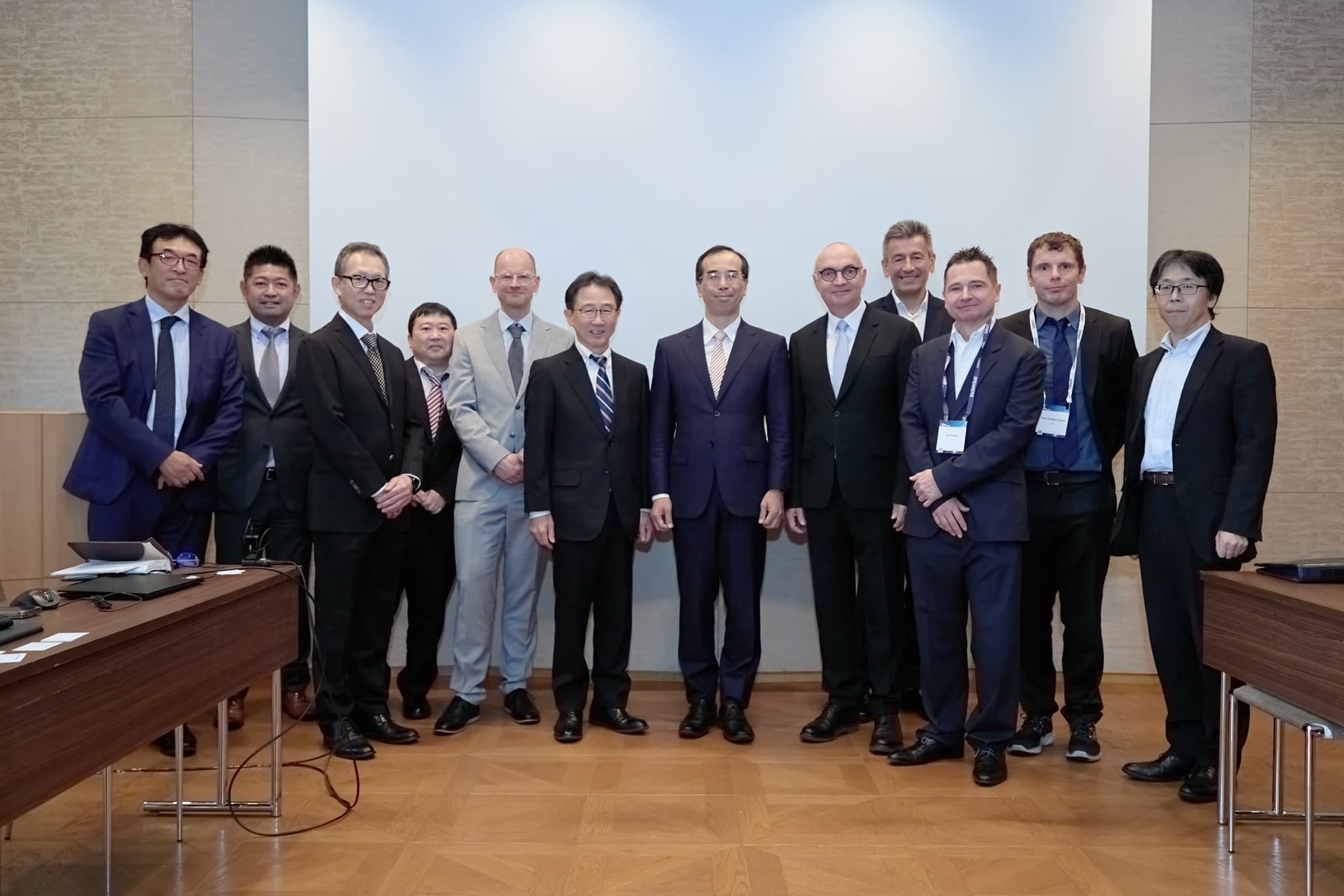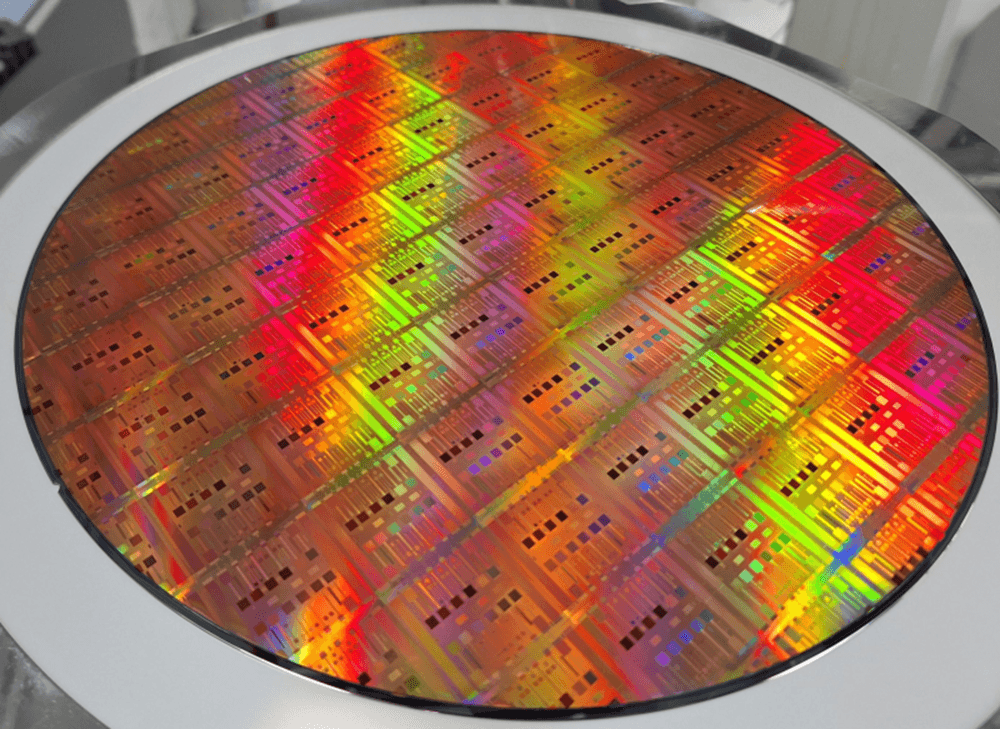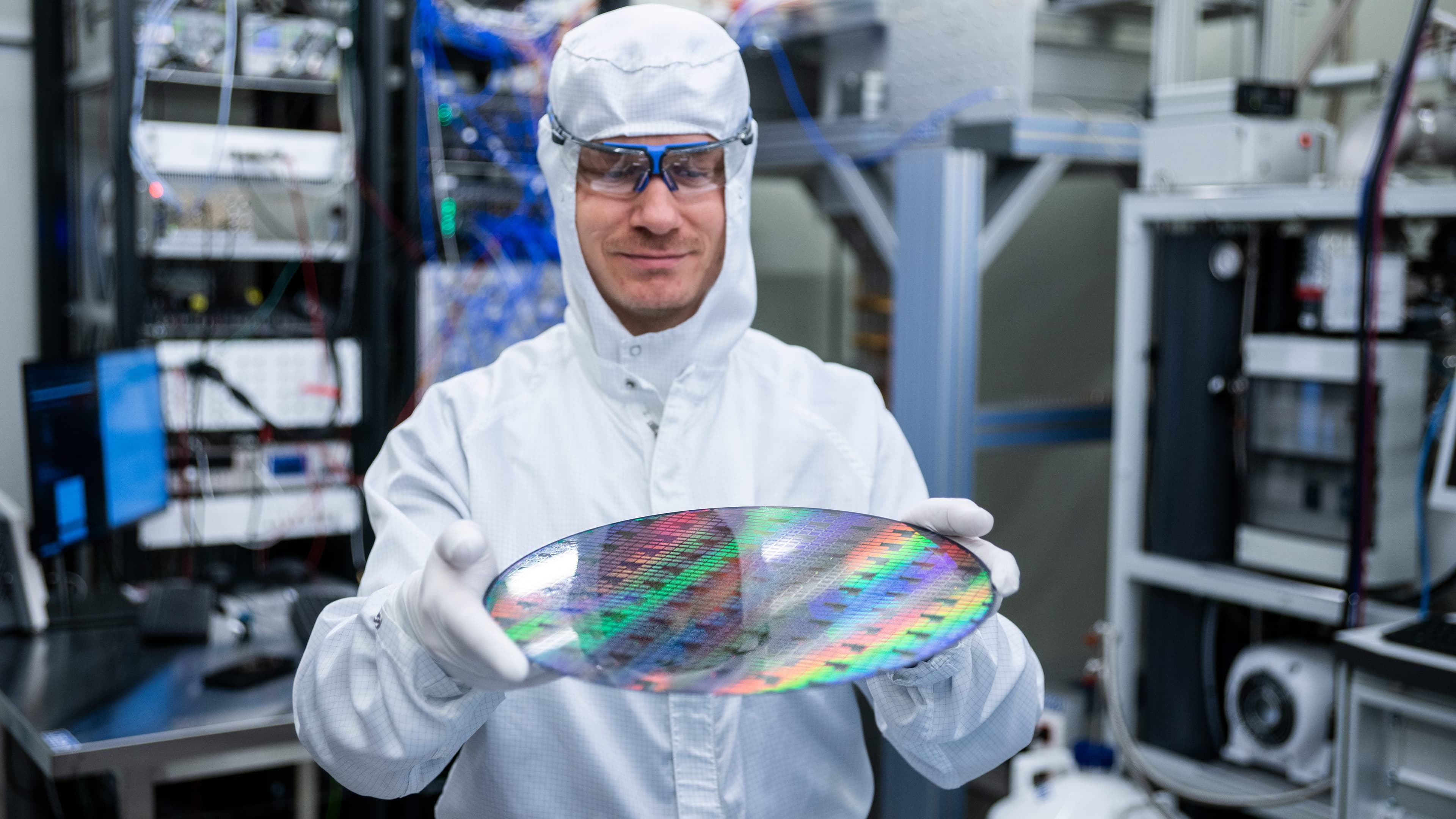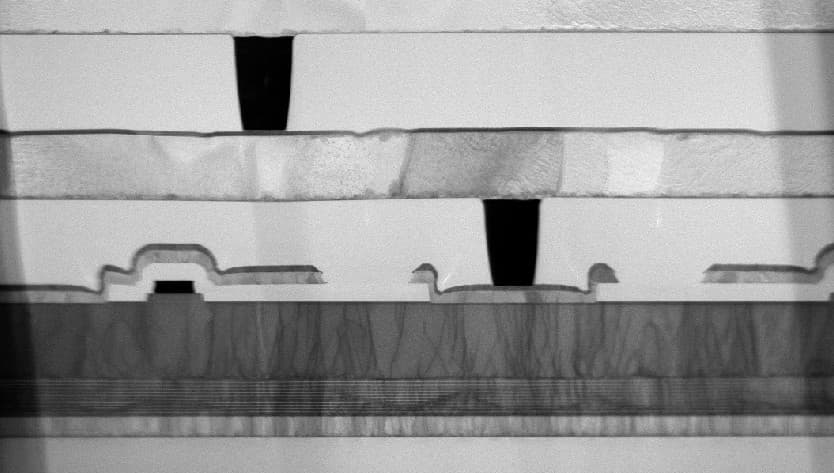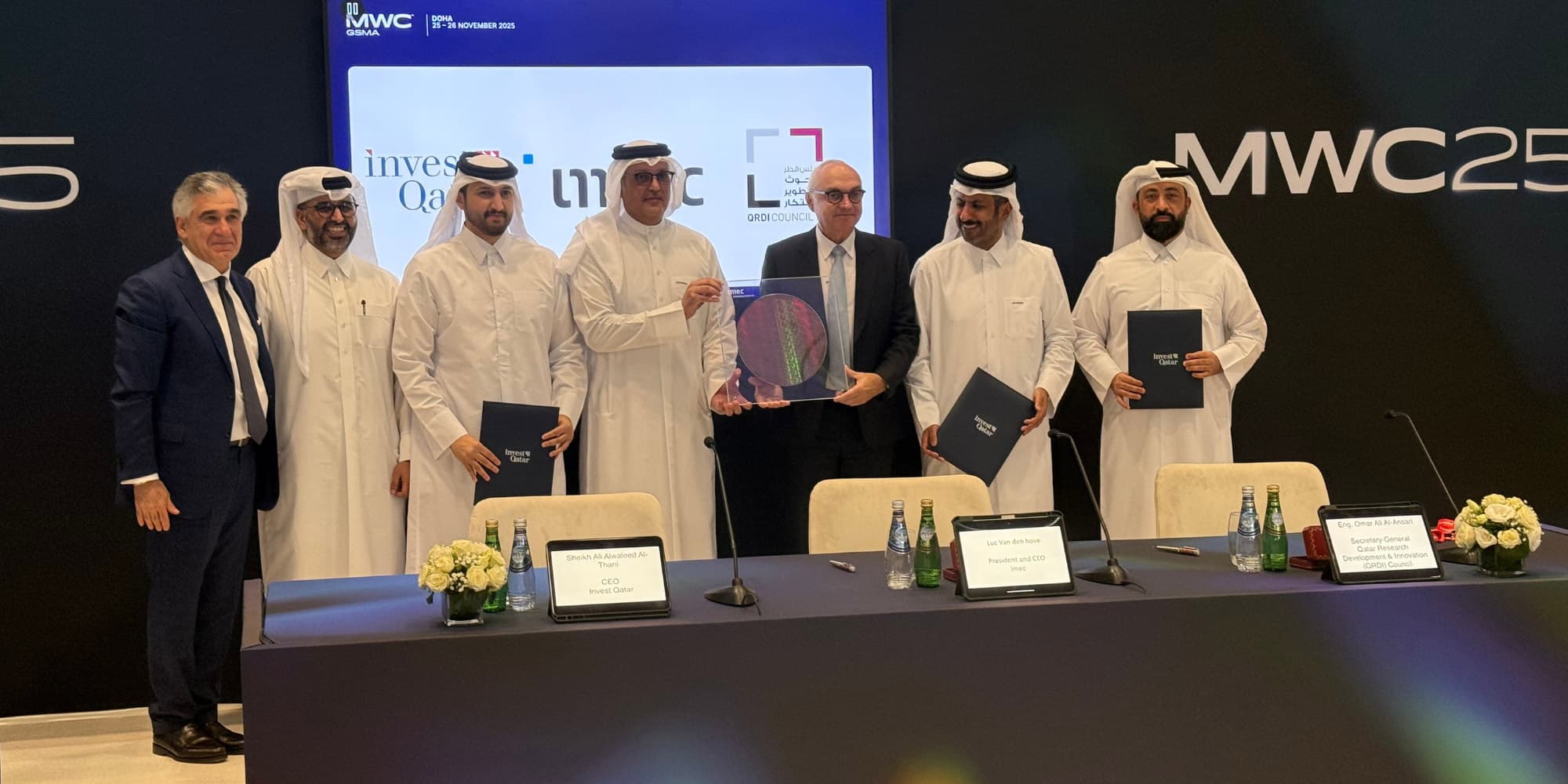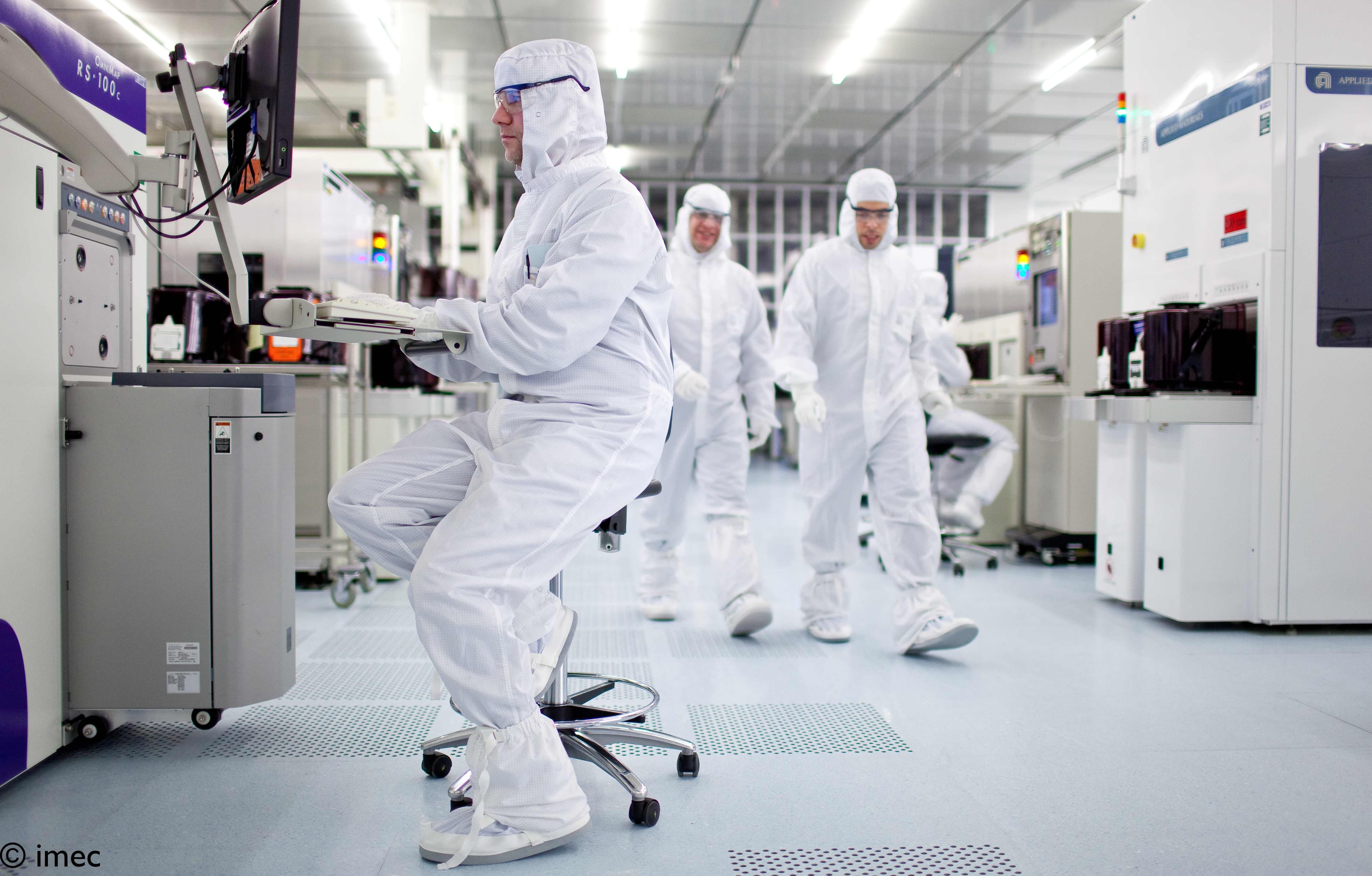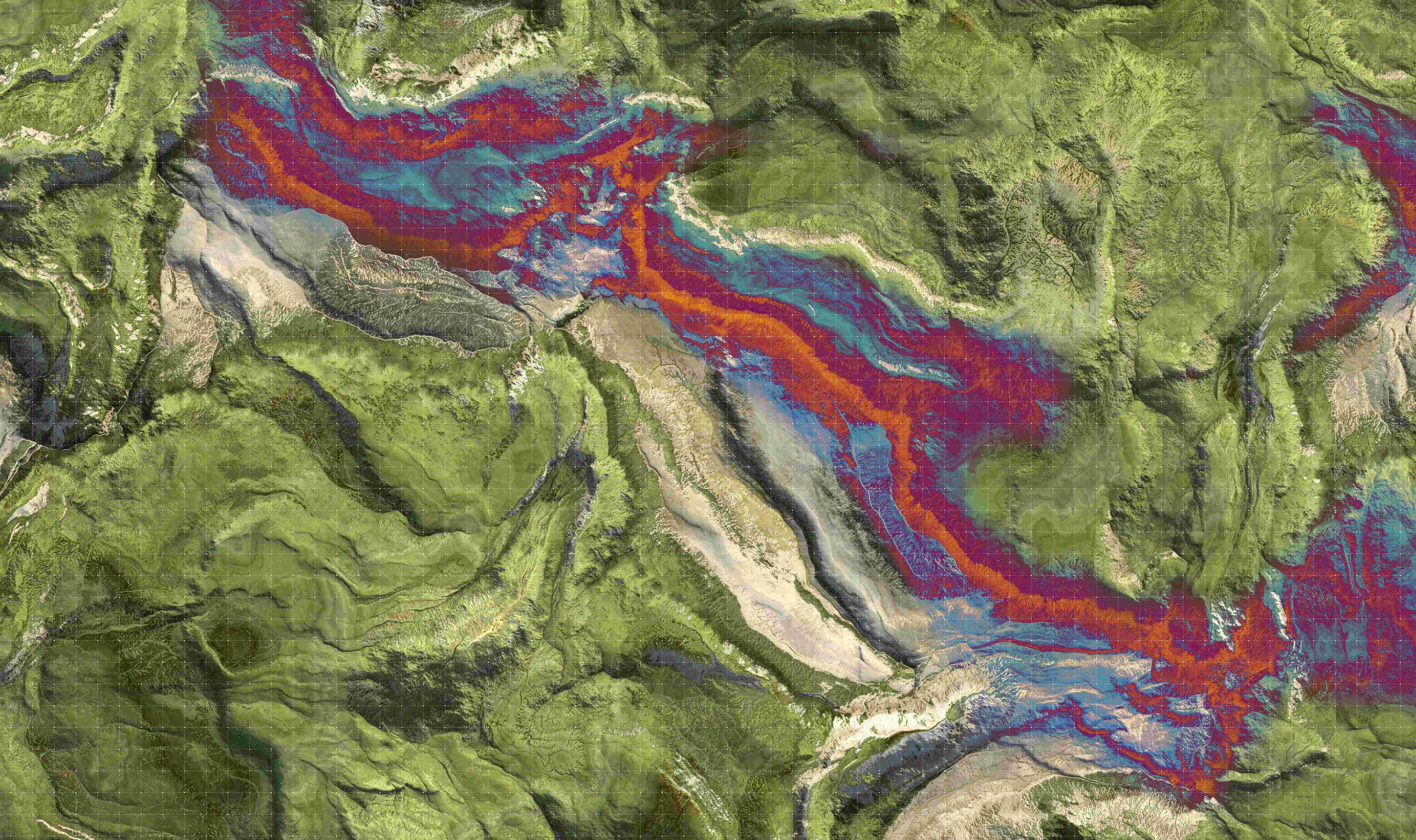Introduction
As technological developments open the door to safer, greener and cheaper mobility solutions, and more opportunities arise for companies to strengthen their position in the market, new players are also introduced, causing a shift in the sector’s traditional structure. Wim Van Thillo and Erik Mannens shed light on imec’s role towards more sustainable and efficient transportation options.
The revolution in the automotive sector
Imec’s vision of smart mobility includes comfortable and safe transportation for everybody, and aims at solving challenges such as traffic jams, car accidents and lengthy commute time. To achieve this, imec makes use of its leading role and expertise in sensor technology to develop automotive-oriented radar sensors, a program led by Wim Van Thillo and Massimiliano Maranella.
For cars to drive autonomously, they need to be able to understand their surroundings, assess traffic and detect objects. Thanks to imec’s 79 GHz sensor chips program – “the next generation of radars in the automotive industry” – unlicensed high-resolution radar systems are able to operate without interference from existing applications. “We want to create lower power, lower cost, smaller size, higher accuracy radars,” affirms Wim Van Thillo.
The development of self-driving cars has been gaining a lot of traction, introducing new players in the manufacturing sector, such as Google, Apple or Uber. This, together with the increased consolidation the automotive sector has been witnessing, represents a significant transformation, which constitutes both a challenge and an opportunity for imec researchers.
“We work with partners to help conduct our research and develop our technologies. The increased consolidation of the chip industry has been a challenge in the past year, since it means fewer players are available to support our projects,” states Wim Van Thillo. “On the other hand, the traditional structure of the sector is also changing, with new players without any previous links to the sector entering the race for the self-driving car. This shift can come as an opportunity for imec to go deeper in the field of smart mobility.”
The next step towards the smart, autonomous car
Detecting obstacles is only a first step towards a truly autonomous car. The next challenge is making sure it can identify the obstacle (i.e. other vehicles, road signs, pedestrians) and automatically act upon it. Moreover, it should also be able to communicate with other cars on the road.
Achieving such level means gathering data from all individual cars’ sensors, the environment and other external information sources, analyzing it and interpreting it in order make intelligent, real-time decisions. Both Wim Van Thillo and Erik Mannens (imec’s expert in Data Science) agree that this is where imec’s Smart Applications (former iMinds) expertise in the domain of Data Fusion will be crucial and how the merger between imec and iMinds increases imec’s role in this domain.
“Each car produces an average of 4.000 GB of data per day,” discloses Erik Mannens. “However, more than its amount, the real challenge lies in the variety of data that needs to be collected and processed, such as radars, lidars or cameras.”
According to Erik Mannens, two aspects need to be taken into account: safety and reliability. On the one hand, a self-driving car must be able to interpret data accurately and fast enough in order to assure the safety of everyone – passengers, other vehicles, bikers, pedestrians. Moreover, the car’s software and hardware components must be flexible, in order to adapt to today’s fast-paced technological evolution. “The average lifetime of a car, from drawing board until it’s discontinued, is around 20 to 25 years - of which the first ten years are reserved for R&D prior to manufacturing,” states Erik Mannens. “This means that the cars that are launched on the market today need to be able to cope with the technical developments of the next 10 to 15 years, which is primarily a firmware and software update problem.”
Privacy, ethical and security issues need to be considered as well. Imec’s security experts are looking into new encryption methods to prevent connected cars from being hacked. At the same time, imec’s legal and ethical experts are studying which laws and regulations should be in place to ensure we can all enjoy the benefits of a smart, connected world to the fullest.
Enabling citizens to make smart commuting decisions
Smart mobility is more than developing self-driving cars. It’s also about offering users information on all the transportation options they have at their disposal, thus enabling them to make informed, real time decisions on their route planning.
To achieve that, data from private citizens (e.g., Is there a car or a bike at their disposal? Do they have special accessibility needs?), public transport companies, the government, and other third party entities – such as Uber, BlaBlaCar or other ride sharing services – needs to be publicly available and adjustable to users’ needs. “The more contextual data we have, the more accurate information we can provide,” states Erik Mannens. The key is using Linked (Open) Data, a solution that Erik Mannens and his team at imec – UGent – IDLab have been working on for the past years.
As part of his PhD, imec – UGent – IDLab’s researcher Pieter Colpaert is now working on Linked Connections, a technology that opens up transport data in a standardized format to facilitate its use by developers in third-party applications. The ultimate goal is to be able to combine data from different sources for more complex route planning. “Up until now, only data from the Belgian national railway company NMBS is available. Our challenge in the upcoming months is to get more service providers on board and to develop a solution for citizens to automatically add their personal contextual input, such as their spatio-temporal history on commuting, route preferences, or special needs,” reveals Erik Mannens.
Erik Mannens has also been working with federal and regional governments in Belgium on several other open data projects. The latest one involved the Department of Mobility and Public Works of the Flemish Government (MOW) to help them use traffic information collected from the national highways as Linked Open Data so it can be re-used by anyone who wants to create a route planning app or use it in their route planning system. The successful results opened the door for follow-up projects in 2017.

Wim Van Thillo received his master degree in electrical engineering and his undergraduate degree in business economics from the KU Leuven, Belgium. He obtained a PhD degree from the same university based on his research in imec’s wireless communications group. In 2008, he was a visiting researcher at UC Berkeley’s Connectivity Lab. From 2012 to 2014 he led imec’s 79 GHz radar research program. Since January 2015 Wim is responsible for imec’s R&D in cellular and WiFi transceivers, 60 GHz communications, 79 GHz radar and 140 GHz sensors.

Erik Mannens is a professor at imec – UGent – IDLab, a research group conducting fundamental and applied research on Internet technology and Data Science. Since 2008, he is paving the Open Data path in Flanders. He stood at the cradle of the first hackatons and is a founding member of the Open Knowledge Foundation (Belgian Chapter). He is frequently invited as Open Data evangelist at national and international events and actively participates in W3C’s eGov and Data On The Web working groups.
Published on:
1 January 2017




